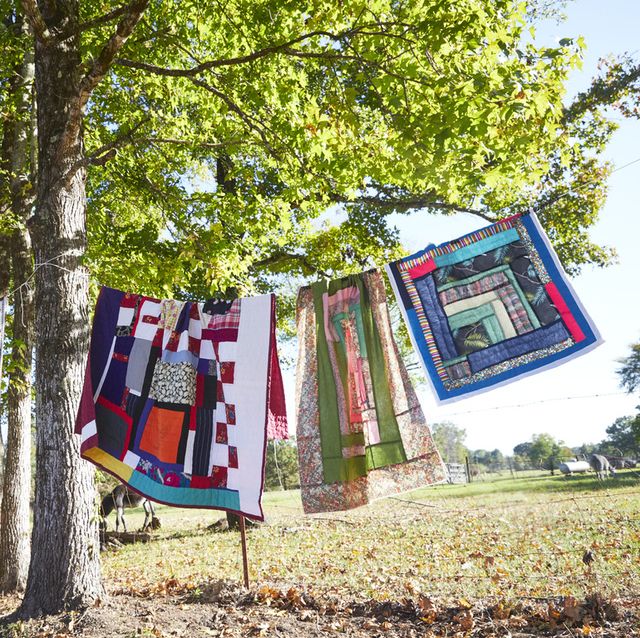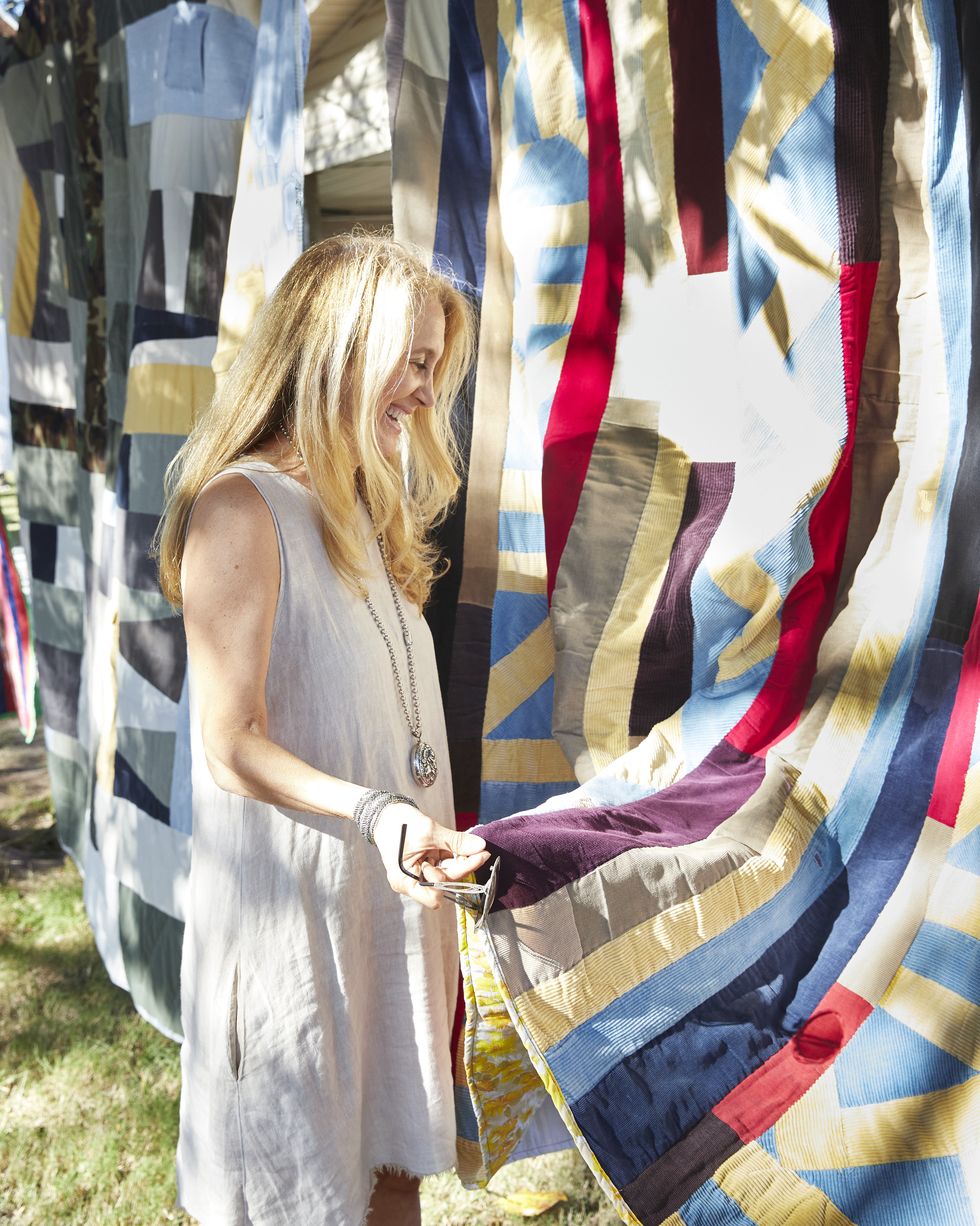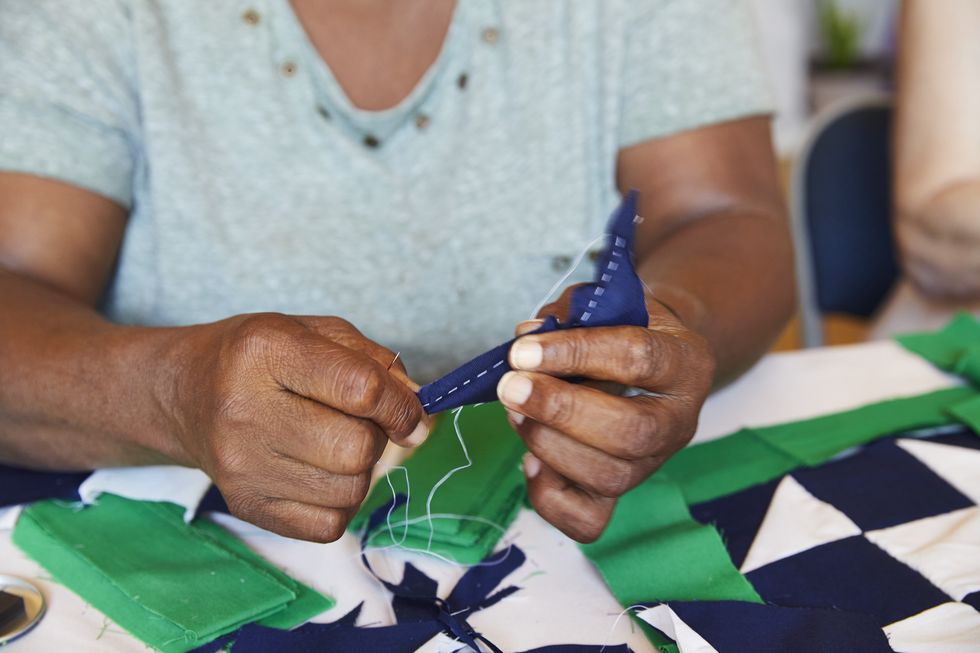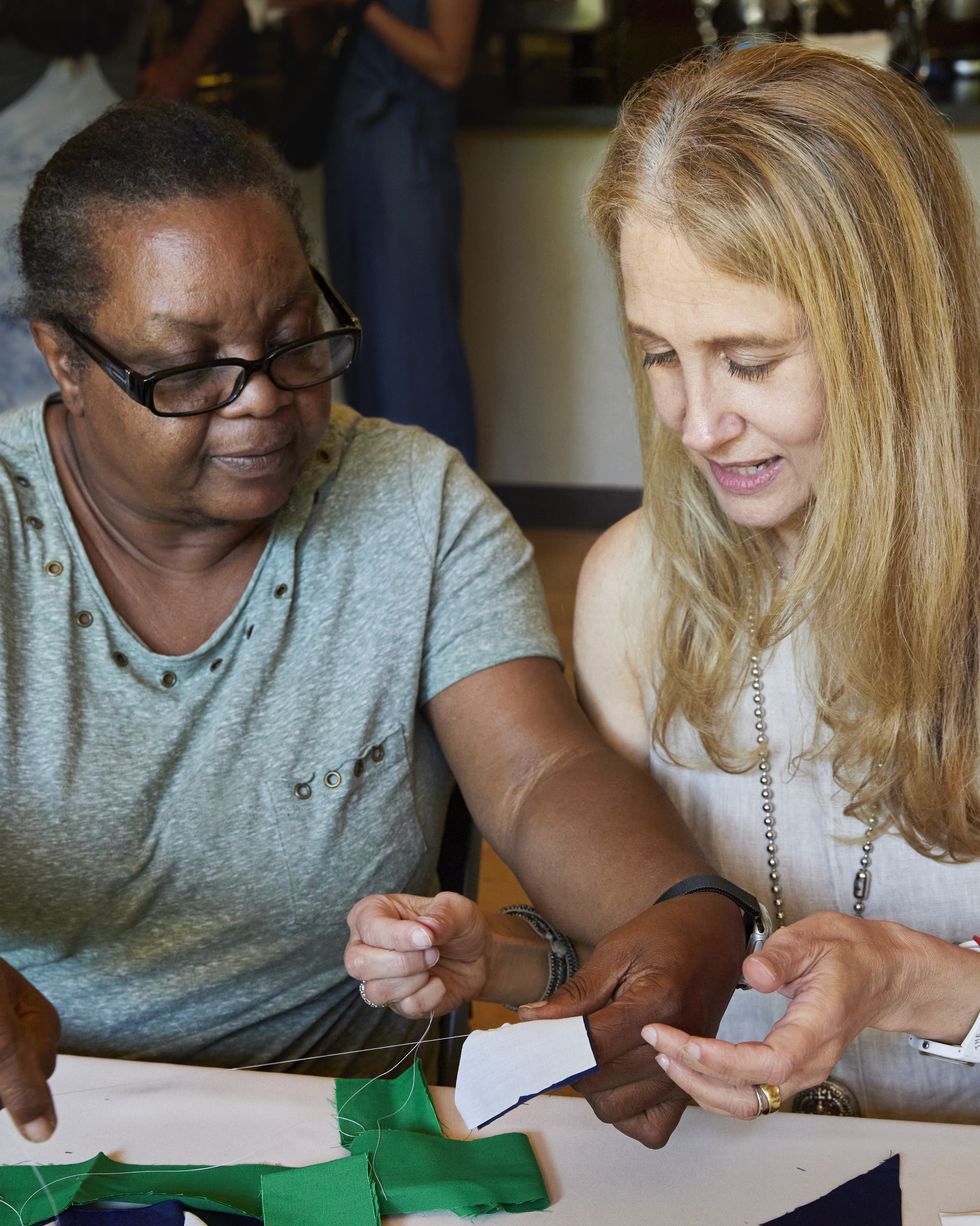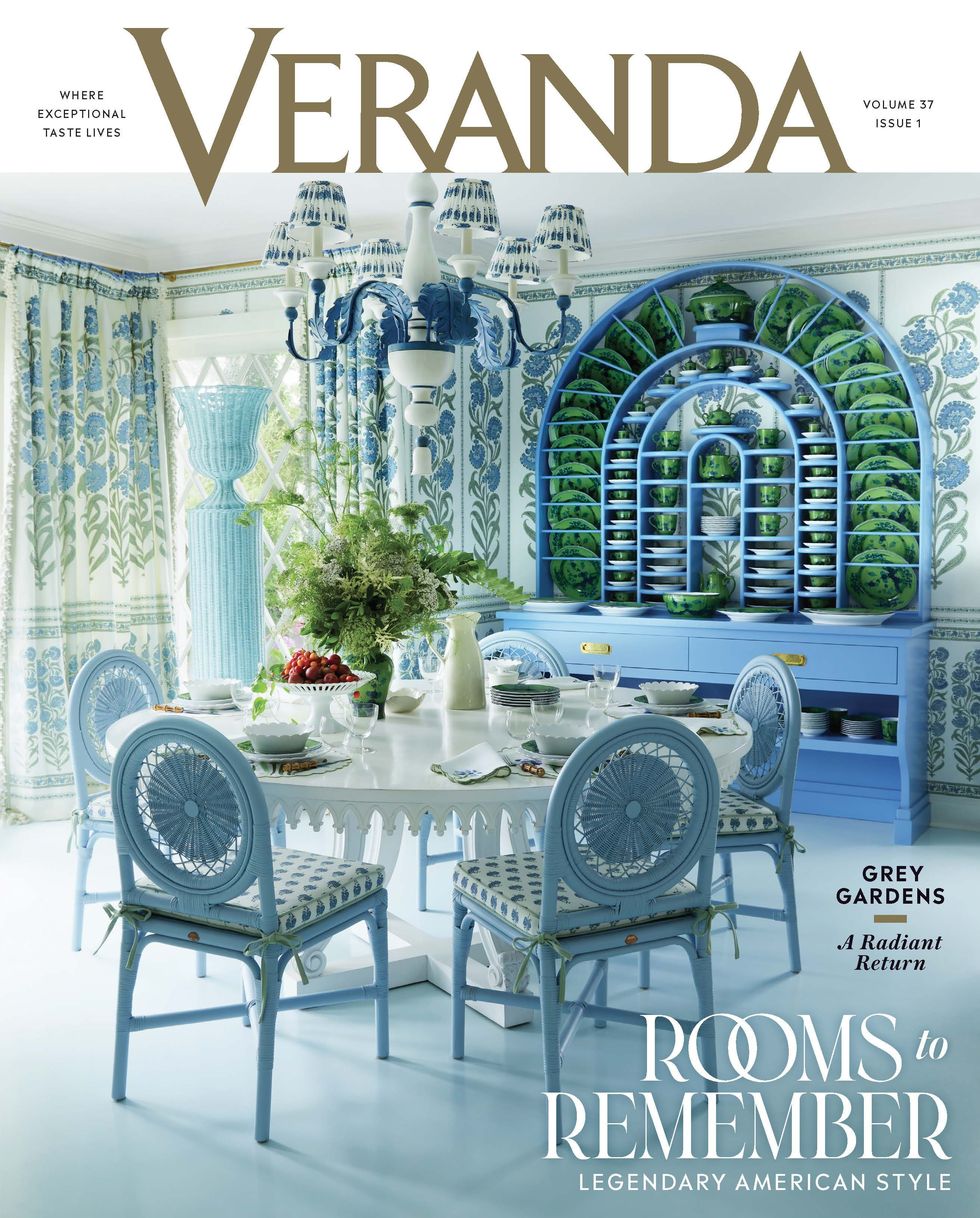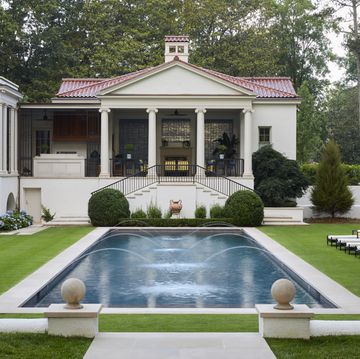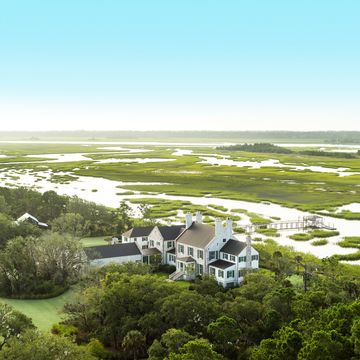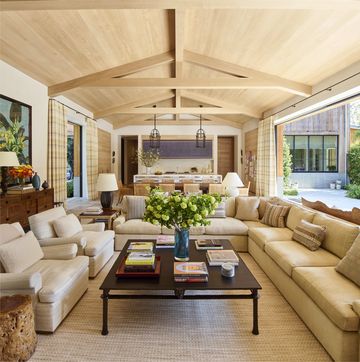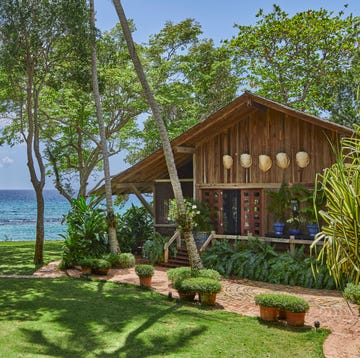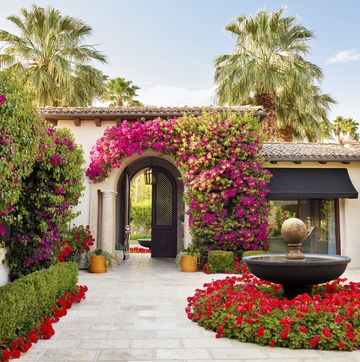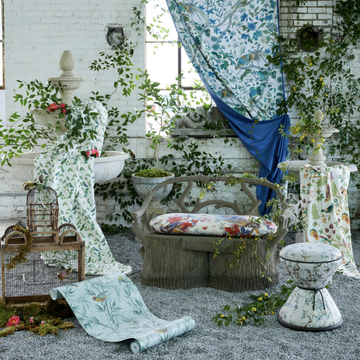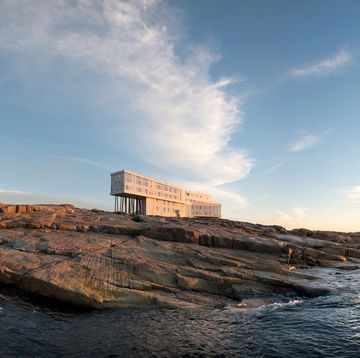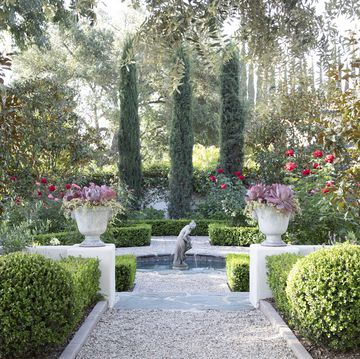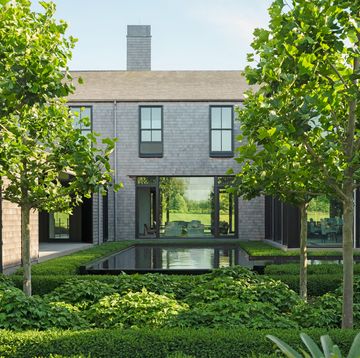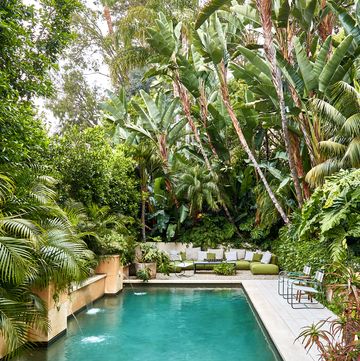Of the thousands of museum exhibits I have seen in my lifetime—from fine textiles to fine art, photography to fashion—I can think of none that have had a more profound impact on me than the quilts of Gee’s Bend.
I first saw them 20 years ago, when they were on display at the Whitney Museum of American Art in New York. My time as design director for Jack Lenor Larsen had instilled in me an intense interest in, and abiding respect for, artisan communities, and the pieces on exhibit that day were among the most inspired I had seen. Even the oldest of the quilts—antiques by then—had an originality that felt contemporary, a modern sensibility in arrangement of pattern and color that defied their age, the relative isolation of the Alabama community, and the paucity of materials available to the craftswomen. These artisans struck me as fiercely innovative. I was spellbound by their story, many details of which I came to learn only later.
The artists of Gee’s Bend are part of a small community located at the U-shaped bend in the Alabama River. Mostly descendants of enslaved Africans and sharecroppers who once lived and worked the land there, the women and their colorful works of modern art remained obscure until the civil rights movement of the 1960s when a number of the area’s artists formed the Freedom Quilting Bee to earn money from the sale of their pieces. National attention and critical acclaim for their art came more than 30 years later when the quilts of four generations of Gee’s Bend artists were exhibited at museums across the United States, including the Whitney. So late last year when the international artisan nonprofit Nest offered me the opportunity to visit Gee’s Bend for the first-ever Airing of the Quilts Festival, I leaped. The event would celebrate not only the work of the Gee’s Bend artisans but also the history of their evolution from unknown community to recognized artists and promoters of civil rights—all in a vibrant open-air art show in the center of the bend.
The quilts were simply displayed on clotheslines and tables in a grass field, in full sun and a stiff breeze. I was able to touch and hold them, to feel their heft, a heady experience compared to the distance required at gallery exhibitions. There was an intimacy to it. And looking closer at the designs, it occurred to me that no textiles designer could see the resources available to the women of Gee’s Bend—clothing and fabric scraps mostly—and envision the quilts they create from them: imaginative combinations of color, shape, and texture that should not work at all but produce beautiful and often electrifying abstract designs. There were significant variations in style between the artists, and even between different works of the same artist, but the pieces were consistent in their level of sophistication and craftsmanship.
And then there were the artists, all of them so warm and welcoming. They greeted us with hugs, spoke smilingly about their pieces, and even invited us to sit down with them to try our hands at quilting. This was when I really understood the source of their artistic prowess. The women of Gee’s Bend have been crafting their quilts, together, since the 19th century, passing down customs and techniques from one generation to the next. These encompass far more than stitchwork or principles of composition. They include the unique intimacy of the community quilting process, its inseparability from the storytelling that accompanies it, and the conversations and confessions that come with focusing on one’s craft, eyes down, sharing thoughts and experiences.
Mary Margaret Pettway is a master quilter and matriarchal presence among the bend’s artists and offered instruction to a group of us. She’s been quilting, she told us, nearly every day of her 80-plus years. If she paused to consider her needlework or composition or fabric selections as she spoke, I never saw it. She seemed to move by instinct from one scrap of fabric to the next, to combine and arrange them in a way that appeared inevitable. My attempts at quilting, meanwhile, were dismal, and I acknowledged as much as I fumbled with my stitchwork. Mary Margaret would have none of it. “There is no wrong way,” she told me gently, but firmly.
I won’t be trying any quilting techniques in my textiles any time soon. But having offered up some of my fabrics for the use of the Gee’s Bend artists, it is my fervent hope that a part of my work, even a scrap of it, makes it into a Gee’s Bend quilt.
Stitching a Way Forward
As part of its effort to advance gender equity and economic inclusion through handcrafted arts, the international nonprofit Nest has been working in Gee’s Bend since 2019 to develop new opportunities for the quilters to generate income.
The Airing of the Quilts Festival was developed in partnership with the local community and organizations like Souls Grown Deep and the Freedom Quilting Bee, along with other Nest endeavors, to directly benefit the quilters, their families, and their community, while honoring the legacy of their craft. To learn more visit buildanest.org.
Featured in our January/February 2023 issue. Photography by Becky Luigart-Stayner; Produced by Dayle Wood; Written by Lori Weitzner.
